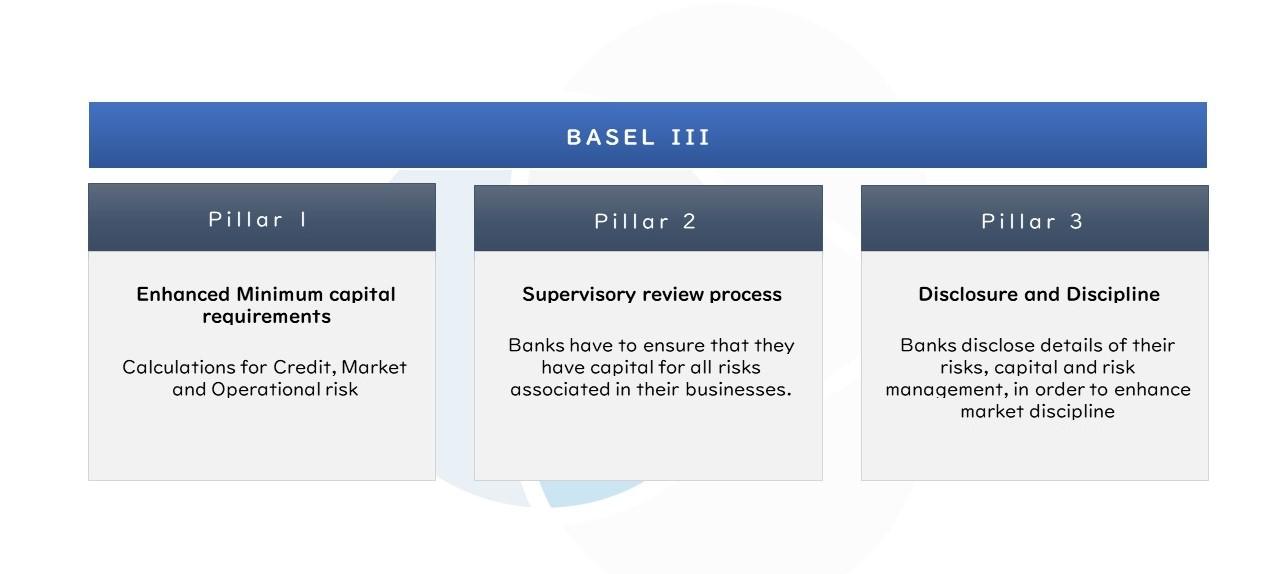In the ever-evolving landscape of global finance, the only constant is change. As new regulatory requirements emerge, financial institutions find themselves at a crossroads, where adaptation is not just an option but a necessity. The intricate dance between compliance and innovation has never been more crucial, as institutions strive to navigate the labyrinthine corridors of regulatory frameworks while maintaining their competitive edge. This article delves into the strategies and insights that can empower financial entities to not only meet these new mandates but to thrive amidst them. By embracing a proactive approach, leveraging cutting-edge technology, and fostering a culture of agility, financial institutions can transform regulatory challenges into opportunities for growth and resilience. Join us as we explore the roadmap to adaptation, where foresight and flexibility become the cornerstones of success in the financial world.
Navigating the Regulatory Maze Understanding the New Compliance Landscape
In the ever-evolving world of financial regulations, institutions must remain agile and proactive to ensure compliance with new mandates. The key to thriving in this complex environment lies in understanding the nuances of the latest regulatory frameworks and implementing robust strategies to address them. Financial institutions should prioritize developing a comprehensive compliance program that includes:
- Continuous Education: Regular training sessions for staff to stay updated on regulatory changes and compliance best practices.
- Technology Integration: Leveraging advanced compliance software and AI-driven tools to automate monitoring and reporting processes.
- Risk Assessment: Conducting frequent risk assessments to identify potential vulnerabilities and implement necessary controls.
- Collaboration with Regulators: Establishing open lines of communication with regulatory bodies to gain insights and feedback on compliance expectations.
By embracing these strategies, financial institutions can not only meet regulatory requirements but also enhance their operational resilience and trustworthiness in the eyes of stakeholders.

Strengthening Internal Processes Building a Robust Compliance Framework
In the ever-evolving landscape of financial regulations, institutions must focus on fortifying their internal processes to establish a resilient compliance framework. This begins with a thorough risk assessment to identify potential vulnerabilities and align them with the latest regulatory demands. Once risks are identified, organizations should prioritize the following actions:
- Implement Advanced Technology Solutions: Leverage cutting-edge compliance software that offers real-time monitoring and analytics to ensure adherence to new regulations.
- Enhance Staff Training: Regularly update training programs to keep staff informed about regulatory changes and best practices in compliance.
- Develop a Proactive Culture: Encourage a company-wide culture of compliance where employees are motivated to report potential issues and suggest improvements.
By focusing on these strategic areas, financial institutions can not only meet regulatory requirements but also gain a competitive edge through enhanced operational efficiency and trustworthiness.
Leveraging Technology for Compliance Automating and Streamlining Regulatory Adherence
In today’s fast-paced financial landscape, staying compliant with evolving regulations is a daunting task. However, technology offers a beacon of hope by transforming how financial institutions approach regulatory adherence. By automating compliance processes, institutions can not only reduce the risk of human error but also free up valuable resources to focus on strategic initiatives. Automation tools can seamlessly integrate with existing systems, ensuring that all regulatory requirements are met efficiently and effectively.
Moreover, leveraging technology enables the streamlining of compliance operations, making them more agile and responsive to change. Financial institutions can benefit from:
- Real-time monitoring: Advanced analytics and AI-driven solutions provide continuous oversight, allowing for immediate identification and resolution of compliance issues.
- Data management: Centralized data platforms facilitate easy access and retrieval of compliance-related information, ensuring transparency and accuracy.
- Regulatory updates: Automated alerts and updates keep institutions informed of new regulations, enabling proactive adjustments to policies and procedures.
By embracing these technological advancements, financial institutions can not only ensure regulatory compliance but also gain a competitive edge in the market.

Cultivating a Culture of Compliance Empowering Teams Through Training and Awareness
In the dynamic landscape of financial regulations, fostering a robust compliance culture is paramount. Financial institutions must prioritize empowering their teams through comprehensive training and heightened awareness. This begins with crafting a curriculum that not only covers the intricacies of new regulatory requirements but also emphasizes the significance of ethical decision-making. By integrating real-world scenarios and case studies, organizations can ensure that their employees are not just informed but also prepared to tackle compliance challenges proactively.
Key strategies to cultivate this culture include:
- Interactive workshops that encourage open dialogue and critical thinking.
- Regular updates on regulatory changes, delivered through engaging formats such as webinars or podcasts.
- Gamified learning modules to make compliance training more engaging and memorable.
- Mentorship programs that pair seasoned compliance officers with newer team members.
By embedding these strategies into their operational framework, financial institutions can not only meet regulatory demands but also foster a workforce that views compliance as an integral part of their professional ethos.





